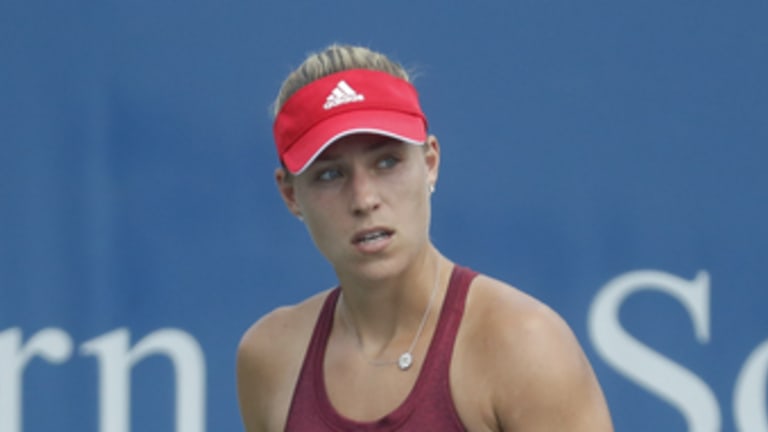Every four years, one tournament must suffer an Olympian letdown. In 2012, it was the Rogers Cup; after London’s Summer Games, Toronto and Montreal were littered with pullouts, early exits and mysterious knee injuries. This year that tournament was supposed to be the Western & Southern Open. As of Monday, Cincinnati seemed destined to suffer from a desperate lack of star power: Novak Djokovic, Serena Williams and Roger Federer had all withdrawn, and it was assumed that Andy Murray, Angelique Kerber, Rafael Nadal and Kei Nishikori—each of whom had labored hard in service to their countries in Rio—would quickly follow them out the door and onto a flight to New York.
That’s not exactly how it has worked out. This week, Cincy has emerged from the shadows of Rio with its own set of storylines. It’s hard now to believe that the men’s gold-medal match between Murray and Juan Martin del Potro was just five days ago. Here’s a look at the developments we’ve seen since then, and the questions they raise about four players in particular as they head into the U.S. Open.
Is Steve Johnson ready for his close-up?
“It’s great for me,” Johnson told ESPN on Thursday.
Johnson had just recorded one of the biggest wins of his career, over Jo-Wilfried Tsonga; but he wasn’t talking about that. He had also just reached his first quarterfinal at a Masters event, at age 26; but he wasn’t talking about that, either.
What was great for Johnson? Becoming the No. 1-ranked U.S. male player for the first time. With his recent run of strong play, which also included a quarterfinal run in Rio, Johnson—who didn’t even join the tour full time until he was 22—will end John Isner’s three-year run in that position. He’ll also join a list of former U.S. No. 1s that includes Pete Sampras, Andre Agassi, Jim Courier, John McEnroe, Jimmy Connors, Arthur Ashe, Pancho Gonzalez and half a dozen other legendary names.
Can Johnson measure up to that tradition? Can he handle the heightened scrutiny that’s sure to come at the Open and beyond? It hasn’t been easy for his immediate predecessors: Isner hit his head on the Top 10 ceiling, while Mardy Fish admitted that he wasn’t prepared to be the country’s standard-bearer. On Friday, Johnson got a taste of what life is like closer to the top in his straight-set loss to Grigor Dimitrov. After fighting hard and saving set points in the first-set tiebreaker, Johnson fired a big first serve at 8-9, only to see it come back even harder and handcuff him. It won’t get easier from here for Stevie.

